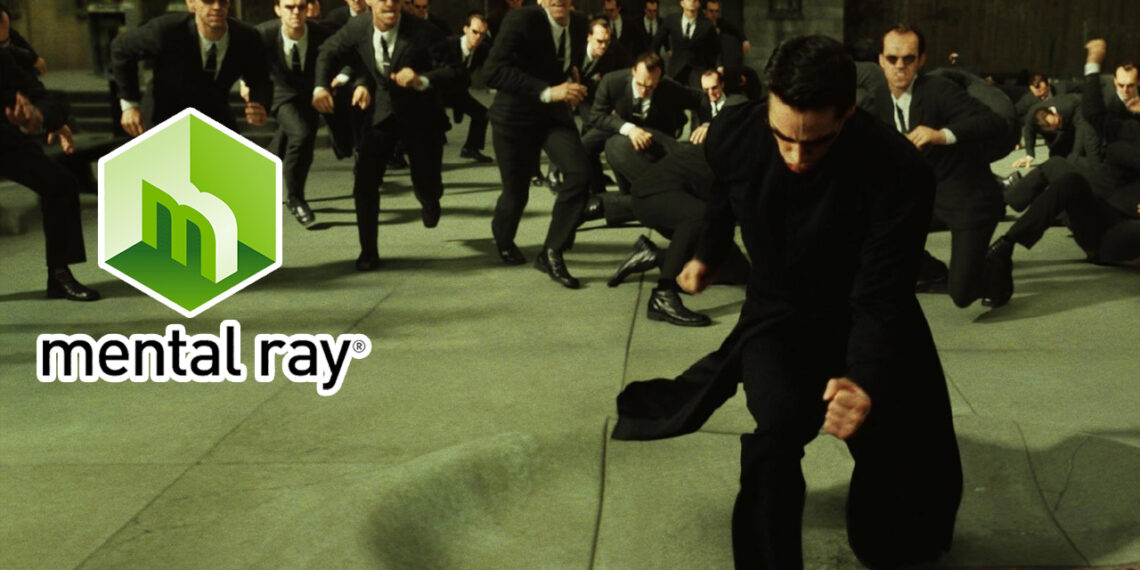Mental Ray is a production-quality render engine that has been used in many feature films, including Hulk, The Matrix Reloaded, The Matrix Revolutions, Star Wars: Episode II, The Day After Tomorrow, and much more over three decades.
The history of Mental ray shows that it was a revolutionary render engine in the early ’90s and continued to help VFX artists and studios bring their visions to life over so many years.
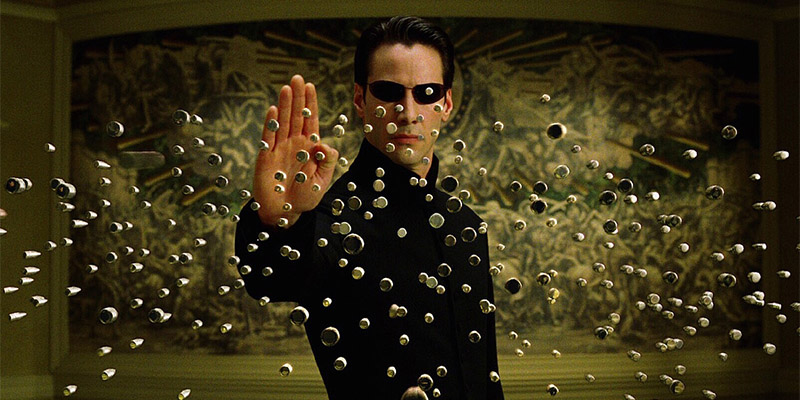
Many 3D artists today, probably, used mental ray at one point of their career, because it was on top of the world once but as the decades passed by it lost it, users, slowly but surely.
Unlike many computer graphics software that we used and loved over the years, Mental ray was not taken in the dark with one blow, because it died a slow and peaceful death. but it will be remembered as one of the iconic pieces of software in the history of Computer graphics.
This is the story of the rise and fall of Mental ray.
Mental ray was developed by Mental Images, which was a German computer-generated imagery software firm based in Berlin, Germany.
The company was founded by a group of physicists and computer scientists as a company with limited liability & private limited partnership in April 1986.

The Mental Ray software project started in 1986. The first versions were influenced, tested and used for production by Mental Images’ then operating large commercial computer animation division, led by three visual effects supervisors:
- John Andrew Berton, an award-winning computer graphics animator, and visual effects supervisor. who worked in the next decades for ILM to create some of the most iconic movies of all time like, Terminator 2 (1991) and Star Trek VI(also 1991), The Mummy (1999), and Men in Black II (2002)
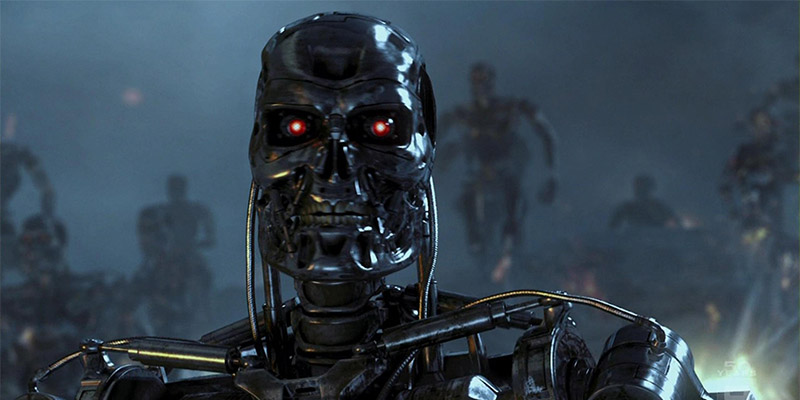
- John Nelson who later in his life won two Academy Awards for Best Visual Effects, for his work on the film Gladiator (2000) and Blade Runner 2049 (2017).
- Stefen Fangmeier, a visual effects supervisor and film director. He later worked on numerous major feature films, including Saving Private Ryan, Terminator 2, The Perfect Storm, and Master and Commander.
One of the first projects ever created using Mental ray was a short animated film called Mental Images in 1987.
By today’s standards, this seems ridiculous but in the late eighties, this CG film from Germany is notable at that time as a rare instance of abstract or surreal art in a field where teapots and chrome spheres still dominated.
And it was one of the stepping stones to what will be done using Mental ray in the coming years and decades.
1. The History of Mental ray: 1990’s Rise
On its release year in 1989, which is the same year of the first commercial edition of RenderMan, Mental Ray became one of the entertainment industry’s first publicly available renderers.
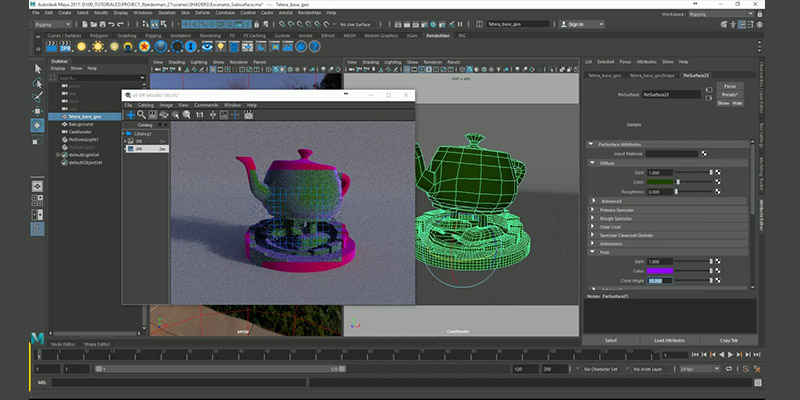
During the 1990s, it established itself as a key production tool, both through the studios at which it was used and through original developer mental images’ partnerships with developers of DCC software.
Autodesk, Alias|Wavefront, and Avid were all early adopters, integrating the renderer into 3ds Max, Maya, and Softimage respectively, as were pioneering VFX houses like Industrial Light & Magic and ESC Entertainment.
Terminator 2: 1990
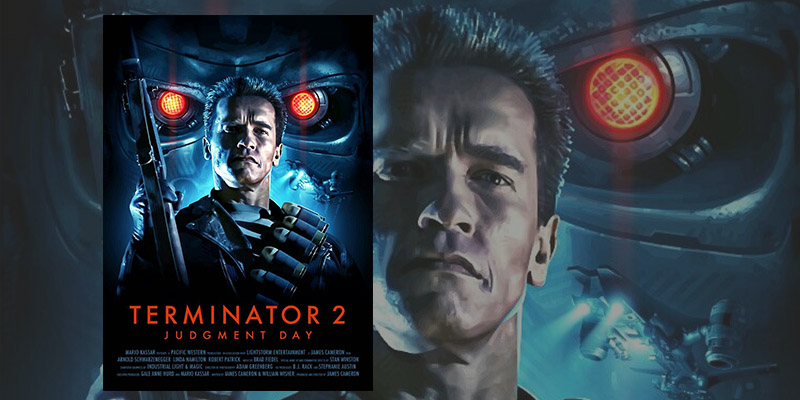
One of the first times when Mental ray was used on a mega-blockbuster movie is when it was used to help bring Terminator 2: Judgment Day to life.
Digital Domain decided to explore the Softimage 3D mental ray to achieve more photorealism from the completely metallic T-Meg. The T-Meg is supposed to be a liquid metal poly-alloy, so if it doesn’t reflect its environment and itself in a photorealistic way, it’s not convincing visually.
Self-reflection was especially critical in a creature with six moving metallic legs and their complex reflections, so the Digital Domain team turned to the powerful ray-tracing of mental ray. Because Other rendering packages could give you environmental reflections, but with self-reflection, you need ray-tracing.
So They did some tests with mental rays, and the results were very convincing,”
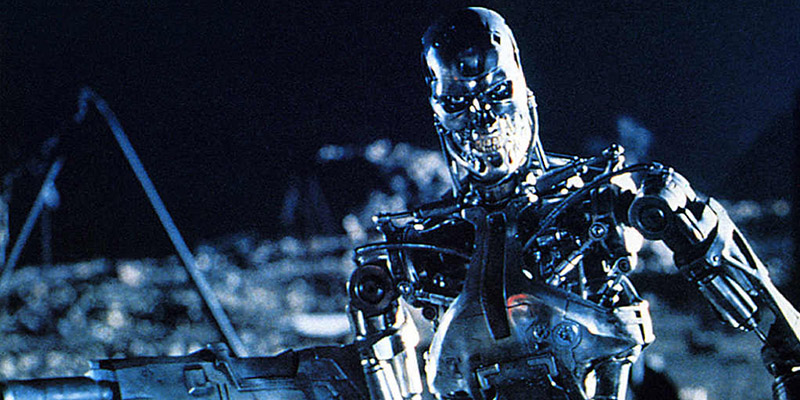
The team also employed mental rays to achieve the crater-like “wounds” on the T-Meg as it was hit by projectiles. The torn-metal effect was achieved by painting a rough texture in a mental ray and positioning it where the T-Meg would be hit, then animating the displacement of that texture on the geometry.
This solution achieved a strikingly realistic effect that did not require modelling, It took just a few minutes to paint the texture.
In addition to the Terminator movie, mental ray was used by many studios such as ILM, Digital domain, to create other fantastic movies though out the nineties as Mental images worked on developing its features to suit the needs of visual effects studios.
The Matrix: 1999
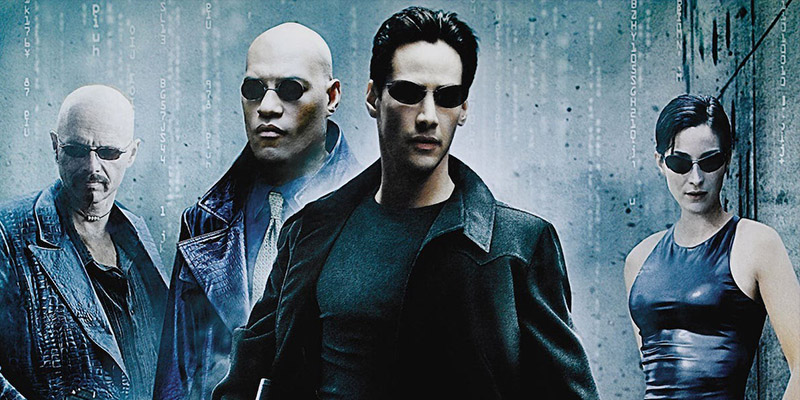
Another notable year in the history of Mental ray as a render engine is the year it was used to help realize some of the most iconic moments in the Matrix film in 1999.
For example, there was a really difficult shot which they managed to achieve using mental ray. It was the scene during the helicopter rescue, where Morpheus breaks out of his chains and rushes towards the helicopter. There was water spraying from sprinklers, completely covering the floor.
It was a freeze-time effect, where the camera dollies towards his foot splashing in the water as a bullet strikes his leg. This whole scene is CG except for Morpheus himself who was shot inside the studio. One of the Lead Animators developed a complex water simulation system driven by millions of particles and chose mental ray for the platform because of the reflection and refraction abilities.
They built and rendered an incredible CG splash that perfectly matched the live-action splash seen at the end of the sequence.”
2. The struggle of Mental ray: 2000’s
By that point, mental images had diversified into other parts of the industry, licensing its technology to a range of CAD firms, and launching RealityServer, an ahead-of-its-time real-time visualization system.

Although Mental Ray continued to be used in production in VFX and feature animation throughout the decade, particularly on lower-budget movies, it gradually began to lose ground to third-party renderers: initially RenderMan itself, and later, a new generation of ray tracing engines, including Arnold and V-Ray.
Both Vray and Arnold were born in the same year. Vray developed by Bulgarian company Chaos Group, which was established in Sofia in 1997. It was used for visualisation actions and computer graphics in industries such as media, entertainment, film and video game production, industrial design, product design, and architecture.
And in the 2000s, it proved that it is one of the greatest render engines ever created. Also, the beginnings of what is now Arnold emerged in 1997 when Marcus Fajardo decided to write his renderer. and later became a very useful tool for VFX studios.
This emergence of new and powerful render engines kind of took market share from the great Mental ray over time. but not right away.
Because in 2003, Mental ray product’s development team won a Scientific and Technical Academy Award when it was used on both The Matrix trilogy and the Star Wars prequels.

In 2003, Mental Images completed an investment round led by ViewPoint Ventures and another large international private equity investor.
Even though Mental ray was entering the period of struggle in the mid-2000s due to competition from other render engines, it continued to be used on big movie projects by VFX studios such as ILM.
3. Mental ray & ILM Render Poseidon: 2006
Industrial Light & Magic (ILM) credited mental ray for significant advances in virtual cinematography that they achieved in creating the VFX for POSEIDON.
Mental ray was used to visualize the Poseidon scenes, a vessel that would be 300 meters long and 70 meters wide in real life. Although no actor ever stepped foot on a physical ship, the advanced rendering capabilities of mental ray allowed ILM’s visual effects artists and engineers to generate the needed details and sophisticated lighting for the ship to fit seamlessly into the scenes.

ILM said that the only way to achieve the level of photorealism that they needed to create Poseidon was through ray-traced global illumination. They have ray traced using mental ray at ILM for many years and the level of complexity on POSEIDON made it the obvious choice. They knew from day one that this would be the most difficult project to render and that mental ray was the best solution.
Not only does the render engine create fantastic images, but the level of support that they got from the mental images staff in Berlin and Los Angeles was essential.
4. History of Mental ray: 2007
In December of 2007, the Mental Images has become a wholly-owned subsidiary of the NVIDIA corporation with headquarters in Berlin, subsidiaries in San Francisco, and Melbourne as well as an office in Stockholm. After the acquisition by NVIDIA, the company has been renamed NVIDIA Advanced Rendering Center.

Nvidia acquired Mental images to bring AI and further GPU acceleration to graphics in the VFX industry and for architectural visualization users, but its attempt to save and resurrect Mental ray will prove to be futile in the coming years.
5. The Beginning of the End: 2010’s
Mental Ray continued to be widely used in DCC work well into the 2010s, particularly among 3ds Max users, for whom Autodesk provided unlimited Mental Ray network rendering nodes.
By that point, Autodesk owned all three of the key products into which the renderer was integrated, having acquired both Maya and Softimage in the 2000s.
However, Autodesk’s relationship with Mental Ray was beginning to unravel, when it announced in 2015 that the renderer would no longer come pre-installed in Maya by default.
The beginning of the end of a golden era for Mental ray came the following year in 2016 when Autodesk acquired Arnold developer Solid Angle.
Autodesk offered Arnold as a standalone renderer for both Autodesk products and third party applications including Houdini, Katana, and Cinema 4D on Linux, Mac OS X, and Windows. Both of Autodesk’s 3D modelling platforms, 3ds Max and Maya, continued to this day supporting other third-party renderers in addition to Arnold.
Maya 2017, which shipped later in 2016, jettisoned the bundled version of Mental Ray in favour of Arnold: a pattern repeated in 3ds Max 2018 as well.

This decision made a lot of sense because Mental was losing its users, for years now, and render engines such as Arnold was becoming more and more popular as it was used in big-budget projects.
Ad in January 2017, the Academy of Motion Picture Arts and Sciences recognized Fajardo with a Scientific and Engineering Award (Academy Plaque) for “the creative vision and original implementation of the Arnold Renderer
Although Nvidia attempted to retain its Autodesk user base, launching its plugin versions of Mental Ray for both applications, and offering a discount to users of its workstation GPUs, sales proved underwhelming.
by 2018, Nvidia has decided to stop its development but continued to support all existing customers through the end of their subscription period, ending November 2018.

Although this is a logically correct decision from a business standpoint, it shocked many artists who did not even use it in their work. After all, for many, it was the very first render engine, on which a large number of various projects were created from scratch.
If you learned to use Autodesk software in the 2000s or early 2010s, it was almost certainly the render engine you started on, because it was in Autodesk’s reference render engine.
With its demise, the entertainment industry has lost not only one of its best-known applications but also one of the few direct links to its pioneering past.


























